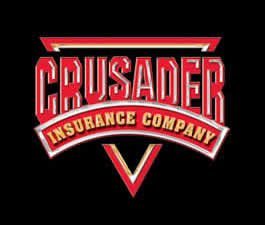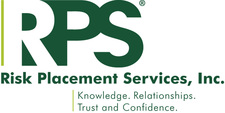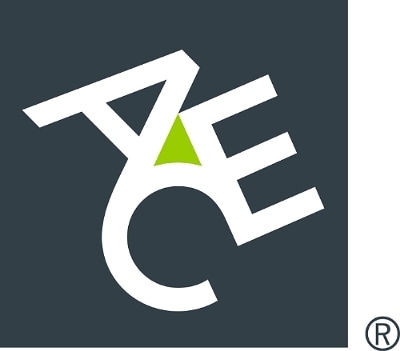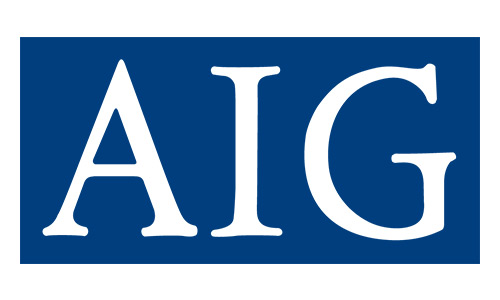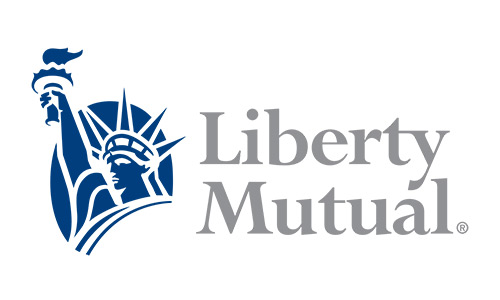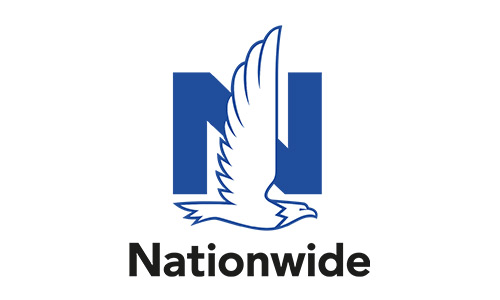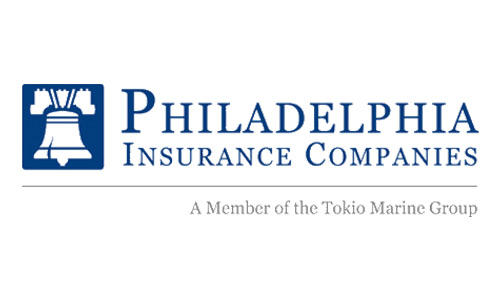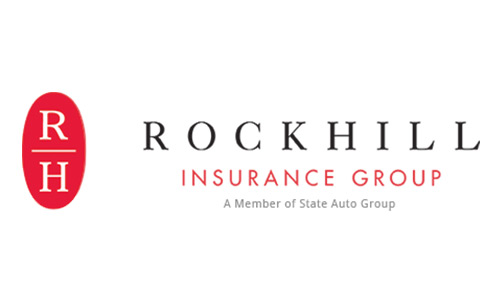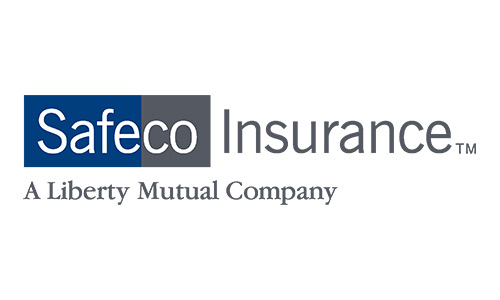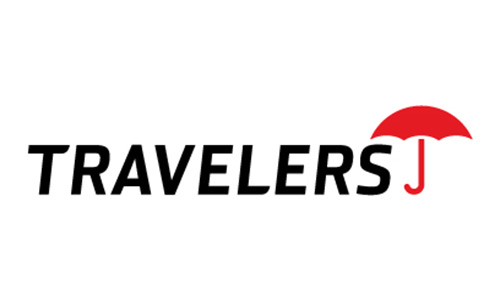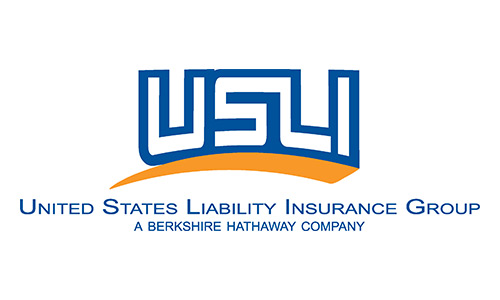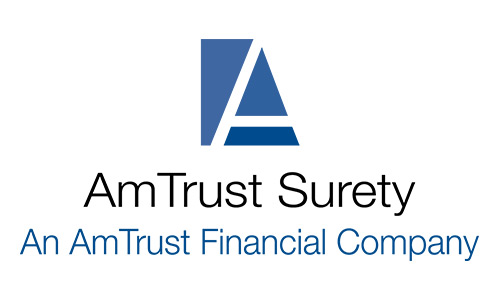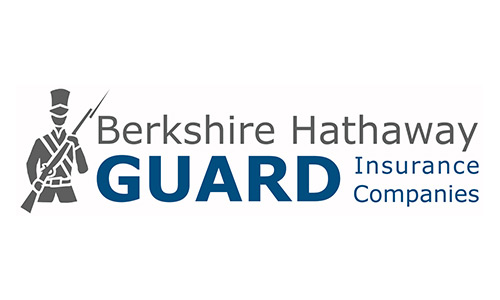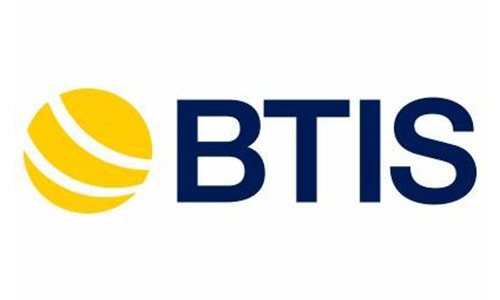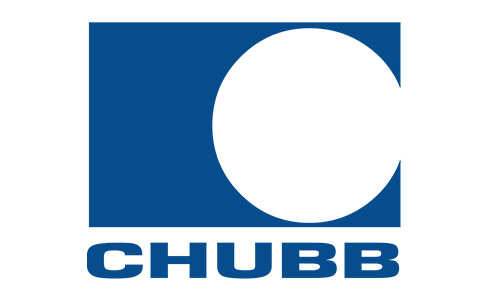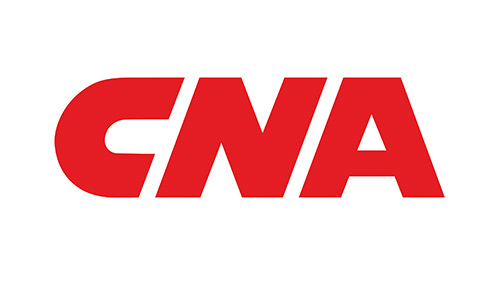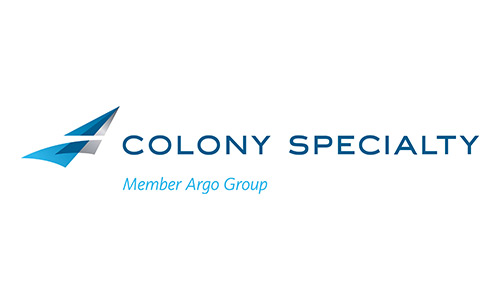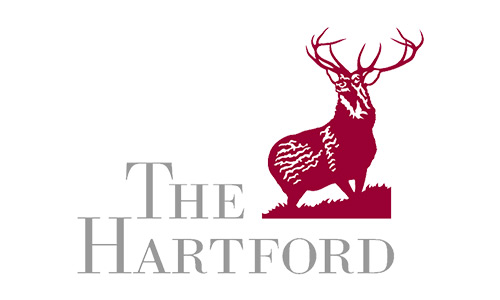Commercial Property
When you or your business own physical assets like commercial buildings, business personal property, and inventory, you need commercial property insurance to indemnify you in the event of a loss.
Fast Accurate Quotes
Call (888)498-4495 or click the link below.
Let’s start by helping you understand what makes up Commercial Property Insurance
Commercial Property Intro
Whether you own you a small retail location, an apartment complex, or a high-rise, we can offer comprehensive liability and property coverage for you real estate investment. Even if your investment is located in a flood, fire, or earthquake zone, we can find a package that fits your needs.
Property Insurance is any type of insurance that indemnifies an insured party who suffers a financial loss because property has been damaged or destroyed. Property is considered to be any item that has a value. Property can be classified as real property or personal property. Real property is land and the attachments to the land, such as buildings. The insuring agreement in the Building and Personal Property coverage form promises to pay for direct physical loss or damage to covered property at the premises described in the policy when caused by, or resulting from, a covered cause of loss.
Agreed Value
When the agreed value option is used the coinsurance (see coinsurance definition below) requirement is removed and the insurer agrees to cover loses for it’s agreed value. As an example, the insured has property insured for $100,000 and the agreed value is also $100,000, if a loss occurs, any loss up to $100,000 is covered at 100% When this option is used the insured and the insurance company agree on the value of the property before the policy is issued. This option is usually assigned to one-of-a-kind property.
Blanket Insurance
Blanket insurance provides a single policy on the insured’s property for:
· two or more different kinds of property in the same location
· same kind of property in two or more locations
· two or more different kinds of property in two or more different locations
Blanket coverage is ideal for businesses as such chain stores – all of whose property is covered with no specific limit on each
particular property regardless of its location. This lets the business shift merchandise from store to store without having to
specifically notify the insurance company of each move.
Buildings and Business Personal Property
Coverage for the building includes the building and structures, completed additions to covered buildings, outdoor fixtures, permanently installed fixtures, machinery, and equipment. The building material used to maintain and service the insured’s premises is also insured. Business Personal Property owned by the insured and used in the insured’s business is covered for direct loss or damage. The coverage includes furniture and fixtures, stock, and several other similar business property items when not specifically excluded from coverage. The policy is also designed to protect the insured against loss or damage to the personal property of others while in the insured’s care, custody, or control.
Business Income
Also know as Earnings Insurance, Business Income provides loss of income coverage for your business by replacing your operating income during the period when damage to the premises or other property prevents income from being earned. A good example would be a fire at your place of business that required time to repair or relocate your operations.
For the purpose of this insurance coverage, “earnings” are defined as the actual loss sustained by the insured as a direct result of business interruption necessitated by damage or destruction of real or personal property. The damage or loss must be caused by the insured perils.
Furthermore, “business income” is defined as the sum of total net profit, payroll expense, taxes, interest, rents, and all other operating expenses earned by the business.
The amount of coverage your Earnings insurance provides is established on the basis of either amount of insurance or actual loss sustained for each 30-day period of necessary business interruption caused by damage or loss from covered perils.
Causes of Loss, Perils
The term peril is used when discussing losses. A peril is a cause of loss. Basic property insurance policies are written to cover the perils of fire, lightning, explosion, windstorm, hail, smoke, aircraft or vehicle damage, riot or civil commotion, vandalism, sprinkler leakage, sinkhole collapse, and volcanic action. Other property insurance policies, often referred to as the broad form policy, add coverages for water damage, weight of snow, ice or sleet, breakage of glass and coverage for falling objects. The broadest coverage is the special form, which is best known as the all risk form. All risk covers all causes of loss, except those specifically excluded from coverage. It is possible for a commercial property policy to have more than one cause of loss form.
Coinsurance
Most building and business personal property polices have a coinsurance clause which requires the insured to carry insurance equal to at least a specified percentage of the actual cash value of the property. If a loss occurs, and it is determined that the amount of insurance carried is less than the amount required, a penalty could be placed on the insured.
Coverage Extensions and Additional Coverages
In addition to the limits stated in the Building and Personal Property coverage form, the policy has a coverage extensions section and an additional coverages section. The coverage extensions section provides limited coverage for newly acquired or constructed property, property of others, certain out door property, and the cost of research and reconstruct-information on destroyed records. When coverage is placed on the all risk form, two additional extensions are added for property in transit and coverage for certain repair costs related to damage caused by water. The two additional extensions are covered by certain perils only. The additional coverage section provides coverage for indirect losses that result from a direct loss. The coverage applies to removal of debris, preservation of property, fire department service charges, and pollutant cleanup and removal. The coverage extensions and the additional coverages have limitations and are subject to certain conditions.
Deductible
The standard deductible is $1,000. However, other deductible amounts such as $2,500, $5,000, etc. are available and the deductible applies only once per loss. The higher the deductible the lower the cost of the insurance will be. The lower the deductible, the higher the cost of insurance will be.
Earthquake Coverage - Separate Policies
This coverage is no longer an endorsement on California policies due to the high risk. All Earthquake insurance for Commercial Property must be written as a separate policy. Earthquake Insurance extends your cause of loss to include damage that results directly from an earthquake and sudden earth shaking or movement. Coverage is provided for replacement of buildings only. All earthquake shocks that occur within a 168 hour period (one week) are considered to be a single occurrence. A separate deductible applies and is determined by the value of the insured property.
Extra Expense
Extra expense insurance pays for cost you will have as a result efforts to operate a business that is damaged by an insured peril – such as fire. For example, it can be necessary to rent other space to continue your business operations. In this example you would have many extra expenses, rent, installation of telephones, etc. Extra Expense insurance covers these expenditures over and above your normal monthly expenses.
Inflation Guard
An insured can insure a building for its full value at the beginning of the policy year, but, at the end of the year, it might not be covered for it’s full value. This problem can be corrected by adding inflation guard coverage. With inflation guard, the policy limit increases gradually during the policy term so that the total increase amounts to the desired percentage increase at the end of the policy term.
Limit of Insurance
The most the insurer will pay for loss or damage in any one occurrence is the limit of insurance stated in the policy declarations.
Replacement Cost and Actual Cash Value
Property can be valued in several different ways. Insurance companies commonly use two approaches to determine value, which also determines how a loss will be paid; the replacement cost method and the actual cash value method. Insurers consider replacement cost of a property item to be the cost to replace it with new property of like kind. Actual cash value is replacement cost, minus the accumulated depreciation for age and condition.
Spoilage
Spoilage insurance provides coverage for spoilage of perishable stock under a specific limit. Power disruption can be selected as a covered peril for spoilage losses.
Valuation
There are several valuation methods that may be used to determine the amount of your loss your insurance company will pay.
The most common valuation methods are…
· Actual cash value
· Replacement cost
· Replacement cost minus depreciation


